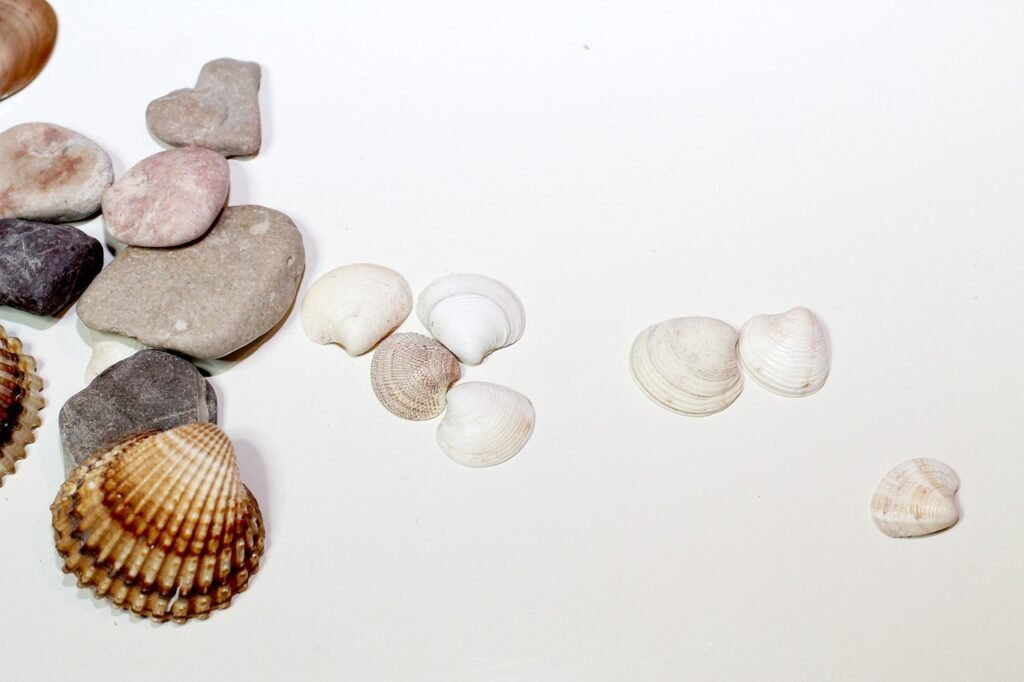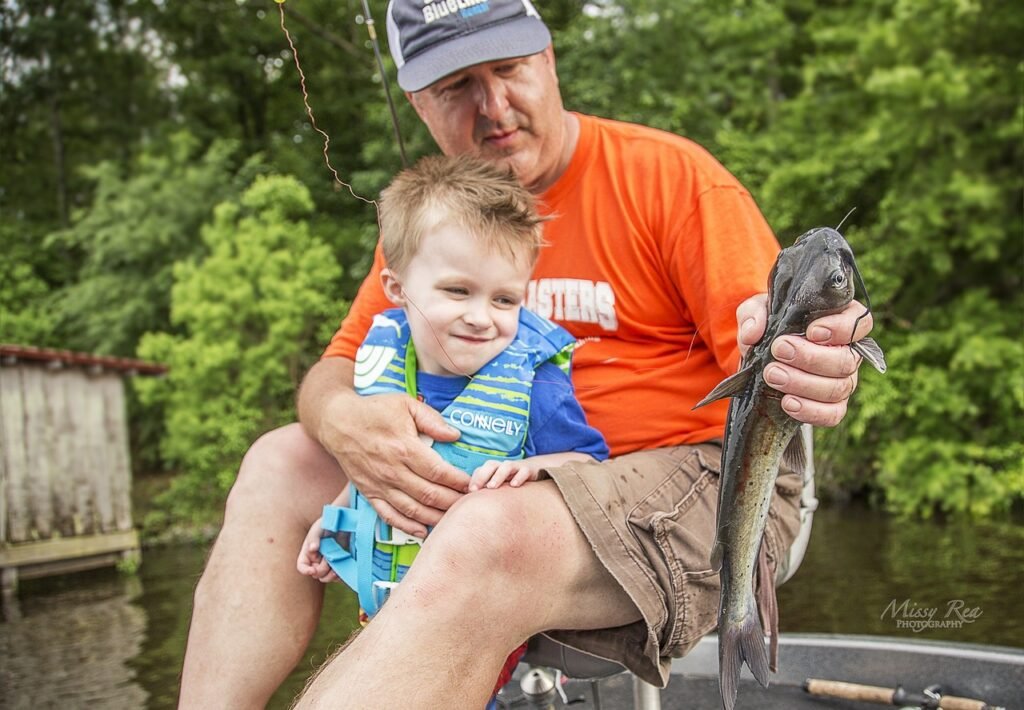Fishing is not just about sitting by the water and hoping for a catch; it’s an art that requires patience, skill, and an understanding of the environment. When you tackle the challenge of freshwater fishing, two of the most popular scenarios you might encounter are lake and river fishing. Each offers a unique experience and requires different techniques and strategies. In this blog post, we’ll cast into the depths of these diverse habitats and reel in some essential tips to help you master both lake and river fishing.
Understanding Lake Fishing
Lake fishing is often a serene, almost meditative pursuit. Lakes provide relatively still waters teeming with a variety of fish species. They offer a more predictable environment, allowing anglers to fish from the shore, a dock, or while comfortably seated in a boat.
Key Techniques and Tips for Lake Fishing
- Deep Water Tactics: Many fish tend to linger in deeper, cooler parts of the lake during hot seasons. Techniques like trolling or using weighted lines can help you reach the depths where the fish hide.
- Surface Strategies: In the early morning or late evening, some fish come to the surface to feed on insects. Utilize surface lures and fly-fishing techniques during these periods.
- Cover and Structures: Fish often congregate around sunken objects, weed beds, and other structures. Use lures and baits suitable for these areas, such as jigs and soft plastics.
- Bait Selection: Live bait like worms or minnows can be particularly effective in lakes since they mimic the natural diet of many fish species.
- Patience Is Key: Lake fishing can be a waiting game. Be patient, and don’t hesitate to experiment with different spots and techniques.
Navigating River Fishing
River fishing introduces the element of moving water, which can be both an opportunity and a challenge. Currents can carry your bait or lure to the fish, but also require you to be more strategic about your positioning and equipment choice.
Key Techniques and Tips for River Fishing
- Reading the Current: Learn to read the water flow and identify areas where fish might hold, such as behind large rocks or fallen trees where the current is slower.
- Drift Fishing: Cast your line upstream and allow it to drift down with the current, presenting your bait naturally to fish.
- Weight Matters: Use enough weight to keep your bait or lure in the desired position in the water column but not so much that it doesn’t move with the current.
- Use the Edges: The water at the edges of a river is usually slower. Casting along the bank can often yield good results as fish rest and feed in these areas.
- Safety First: Always be aware of the water level changes, undercurrents, and other hazards when fishing in rivers.
Gear and Preparation for Lake and River Fishing
Having the right gear is crucial regardless of the environment:
- Rod and Reel: A medium-action rod is versatile enough for both lake and river fishing. Match your reel to your rod and the type of fishing you plan to do.
- Line and Tackle: Use a heavier line for river fishing to contend with strong currents and potentially larger fish. Your tackle should also be chosen based on the fish species you are targeting.
- Clothing and Footwear: Dress in layers to adapt to changing weather conditions. Waterproof boots or waders can be essential for river fishing.
Conclusion
Whether you prefer the vastness of a tranquil lake or the dynamic flow of a river, freshwater fishing has something to offer every angler. By understanding the distinctions between lake and river fishing environments and adjusting your techniques accordingly, you increase your chances of a successful catch. Remember, fishing is also about enjoying the great outdoors, so take in the scenery, breathe the fresh air, and enjoy the experience.
Pack your gear, choose your spot, and may your fishing adventures be plentiful. Tight lines!
—
Tips to Keep in Your Tackle Box
- Always check local fishing regulations before heading out.
- Bring along a variety of baits and lures to switch up your tactics if needed.
- Keep an eye on the weather forecast and be prepared for changes.
- Practice catch and release or only keep what you intend to eat to help preserve fish populations.
Happy Fishing!



